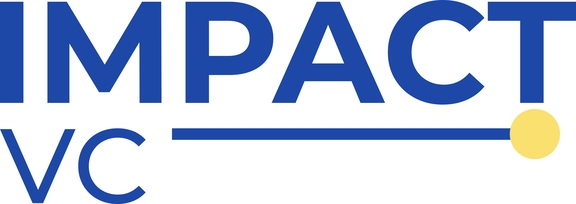Sourcing impact-driven deal flow
Tracking impact deal flow
A good place to start before changing deal flow strategies, is to understand how many propositions in your current pipeline identify as being mission-driven. Some VCs include a couple of questions in their screening assessment to tag impact propositions as they come in. Something as simple as ‘yes, no, maybe’ works.
This provides interesting insights, such as the relative weighting of impact in the pipeline vs deals signed. It might be the case that impact startups are more or less likely to end up in your portfolio; these are important dynamics to understand before making any changes.
This exercise will also highlight where current impact-deal flow is coming from, which might trigger some inspiration for where to go in order to ramp this up, if desired.
Enhancing impact deal flow
This is an emerging area of fund management. It’s expected that managers will become more sophisticated at this over time. Here are a few ideas of what tends to work well:
Signalling impact intent of the fund through:
Being thesis-driven. Being very clear about the impact you want to achieve and the business models that you’re looking to back, sends a clear signal to the market about the expertise you have and who should be approaching you. The Fair By Design fund at Ascension is a great example of this.
Proactive outreach to impact-driven founders by:
Being members of, or staying close to, relevant networks (eg the Toniic network) or monitoring upstream portfolios of impact investors
Developing a scouting network to source impactful deal flow (much like Ada’s scout network is specifically designed to source under-represented founders)
Last updated
